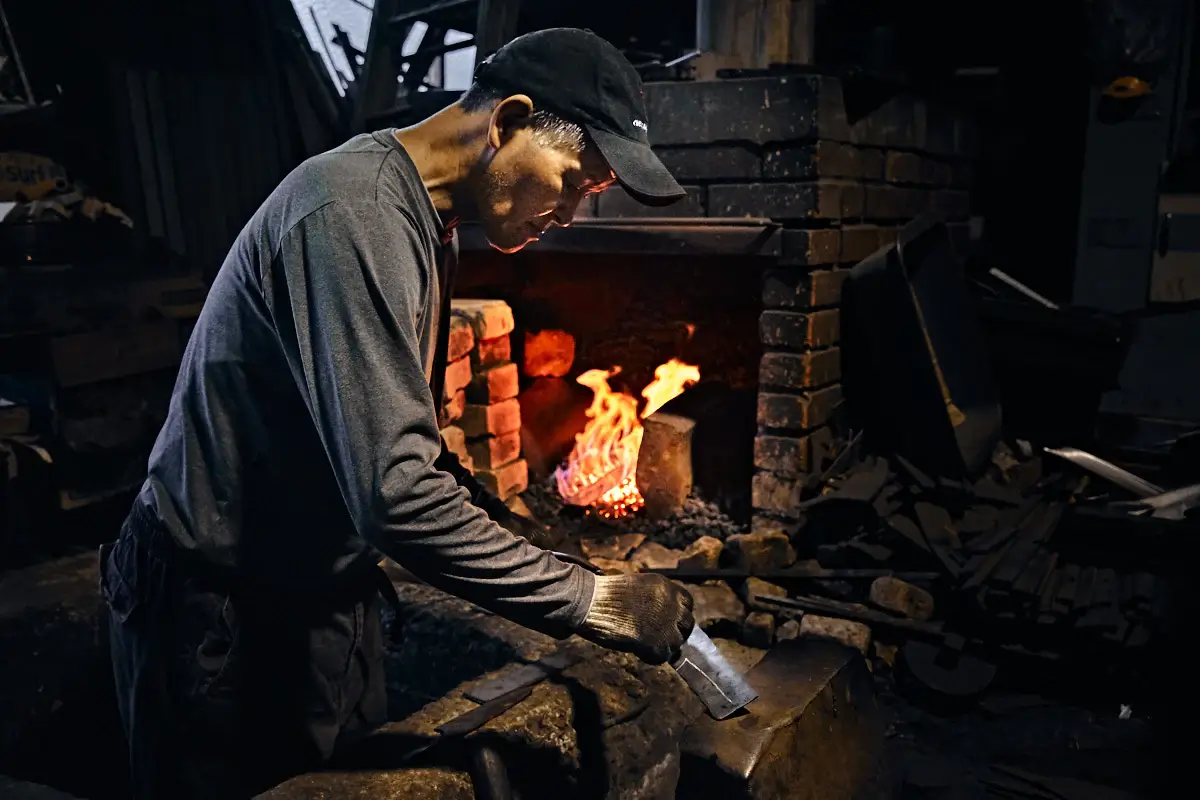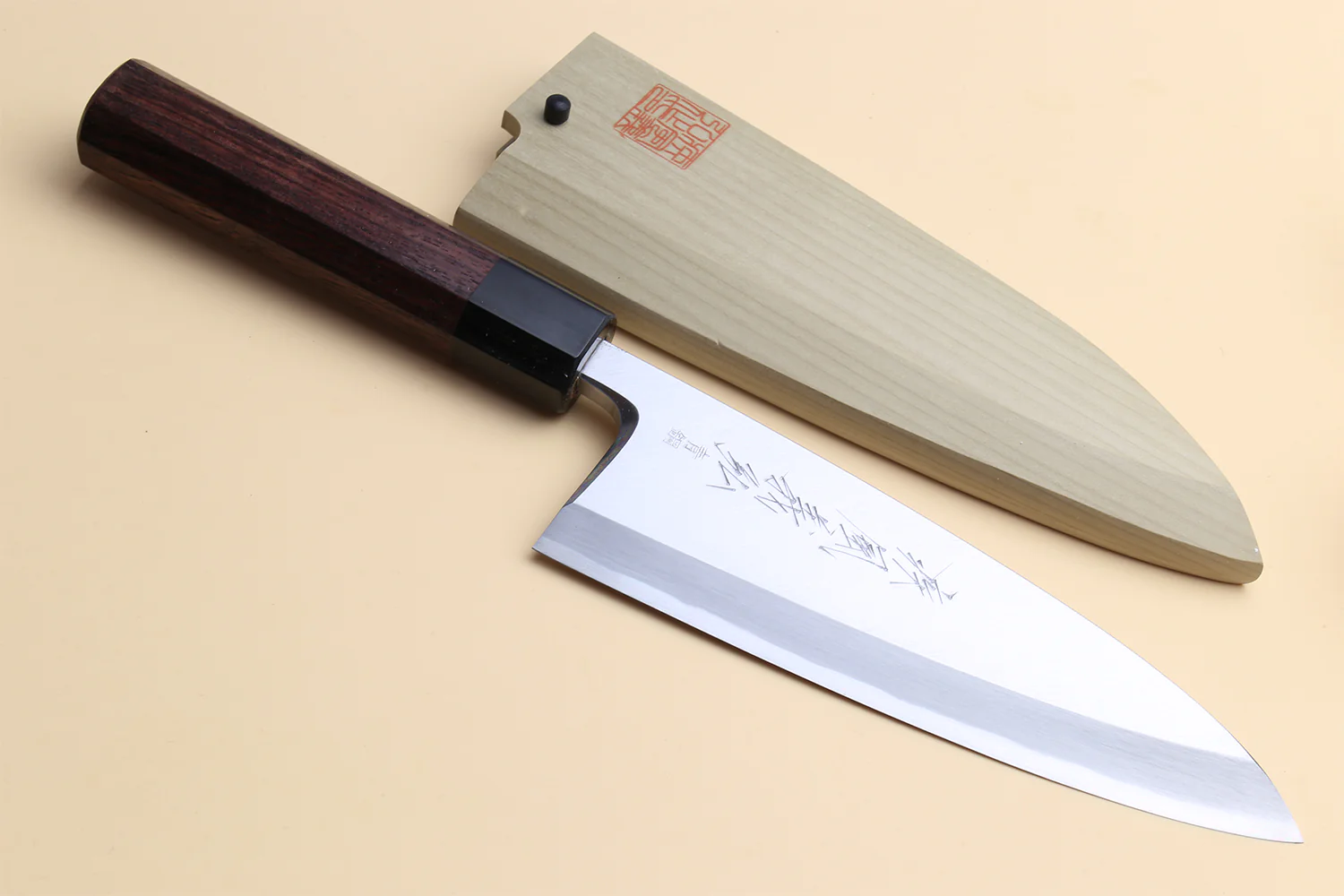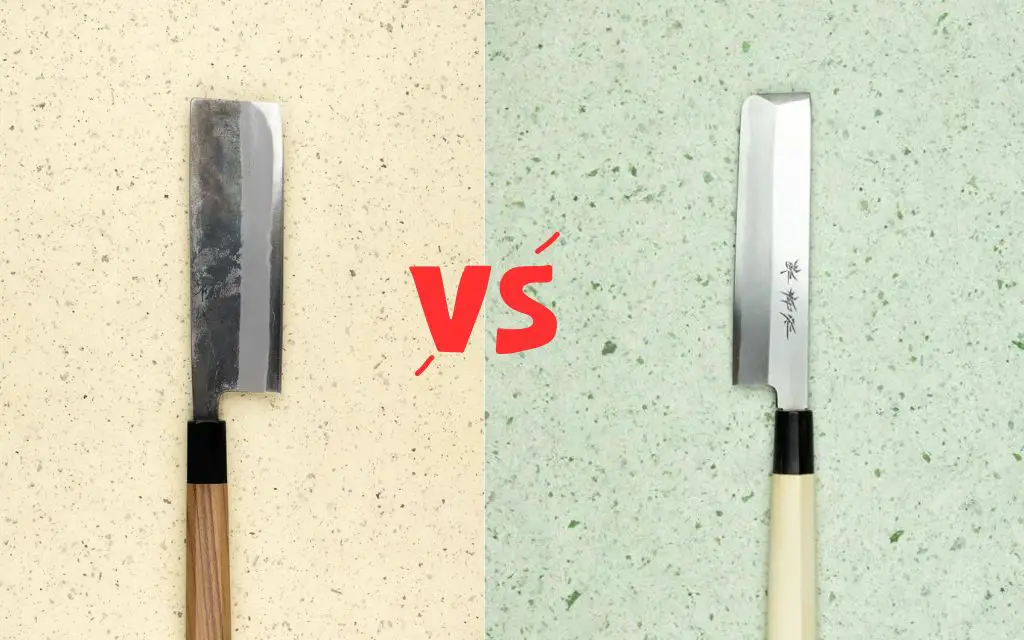
Check out my newest article (with Usuba recommendation): Japanese VS. Western Knives: What’s the Real Difference?
For some Nakiri knife recommendations, click here
What’s the difference between usuba and nakiri?
Both are Japanese vegetable knives. From afar, they seem pretty much identical.
So, what are the differences? What are the similarities? Which one should you buy??
To answer your questions and more, read on.
I’ll go over the following:
- An overview of each knife type
- Blade style
- Handle types
- Sharpening techniques
- Which one should you buy?
- and more…
Let’s get started!
Usuba vs Nakiri: Quick Overviews
Here is a quick overview of these two Japanese knife types.
Nakiri – The common vegetable knife
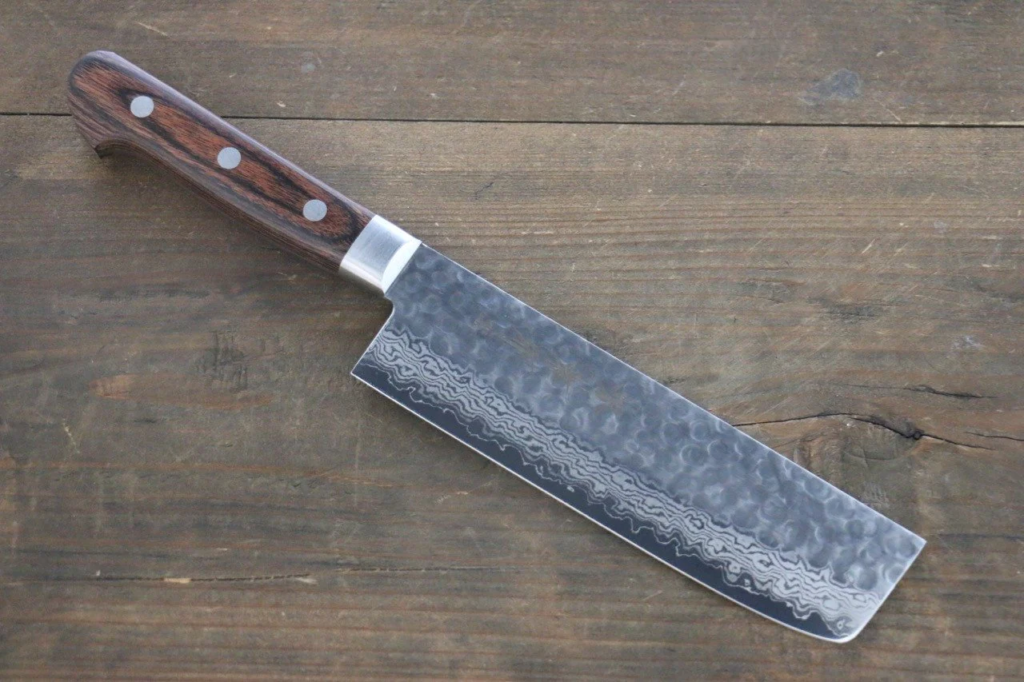
A nakiri (菜切り) is the most commonly found Japanese vegetable knife. The name literally translates to “vegetable cutter”.
A nakiri has a long, rectangular blade profile, and flat edge. The long, flat edge is useful for making clean cuts through vegetables. It sort of resembles a Chinese cleaver (although it should never be used to cut meat).
It has a double-bevel blade edge.
Usuba – The professional’s vegetable knife
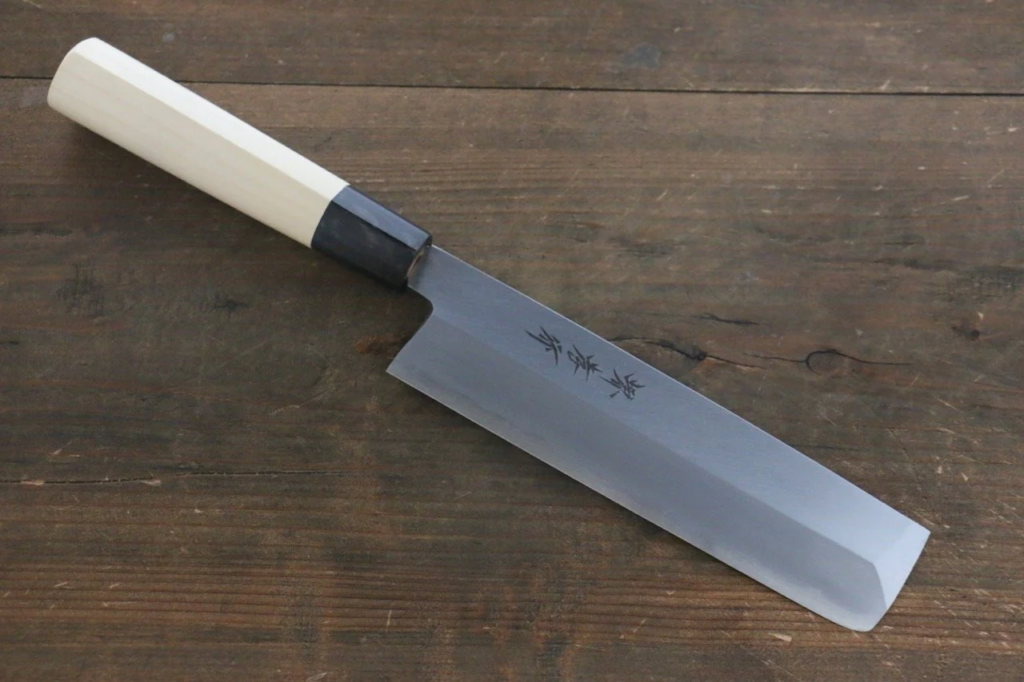
Usuba (薄刃) is a traditional Japanese vegetable knife that is more often found in professional kitchens. The name literally translates “thin blade”.
Similar to the nakiri, an usuba has a rectangular blade profile and long flat edge. From afar, an usuba looks pretty much identical to a nakiri.
Unlike the nakiri, an usuba features a single-bevel blade edge. This is the main difference between the two knives.
This brings us to the next point:
Blade Bevel
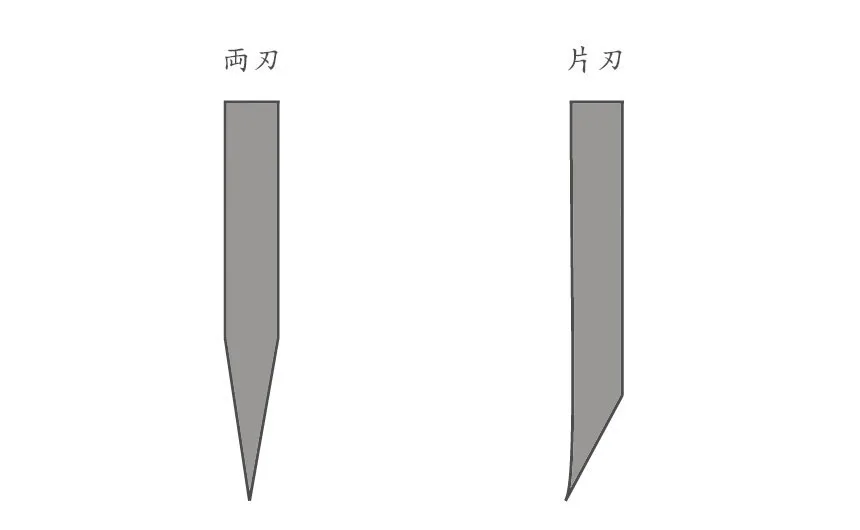
The main difference between usuba and nakiri is the blade bevel. An usuba features a single-bevel blade, while a nakiri has a double-bevel blade.
A double-bevel blade means that the cutting edge is V-shaped. It is sharpened on both sides of the blade. Double beveled blades are typically symmetrical (i.e. same angle on both sides), though you can also find non-symmetrical versions (e.g. 70/30 blade bevel, etc.).
A single-bevel blade is only sharpened on one side of the blade. Thus, the blade is thinner and lighter than a comparable double-bevel blade. Typically, all traditional style Japanese knives (i.e. yanagiba, deba, etc.) have single-bevel blades.
What is the point of the different bevel types? This brings us to the next point:
Intended Usage & Who’s it for?
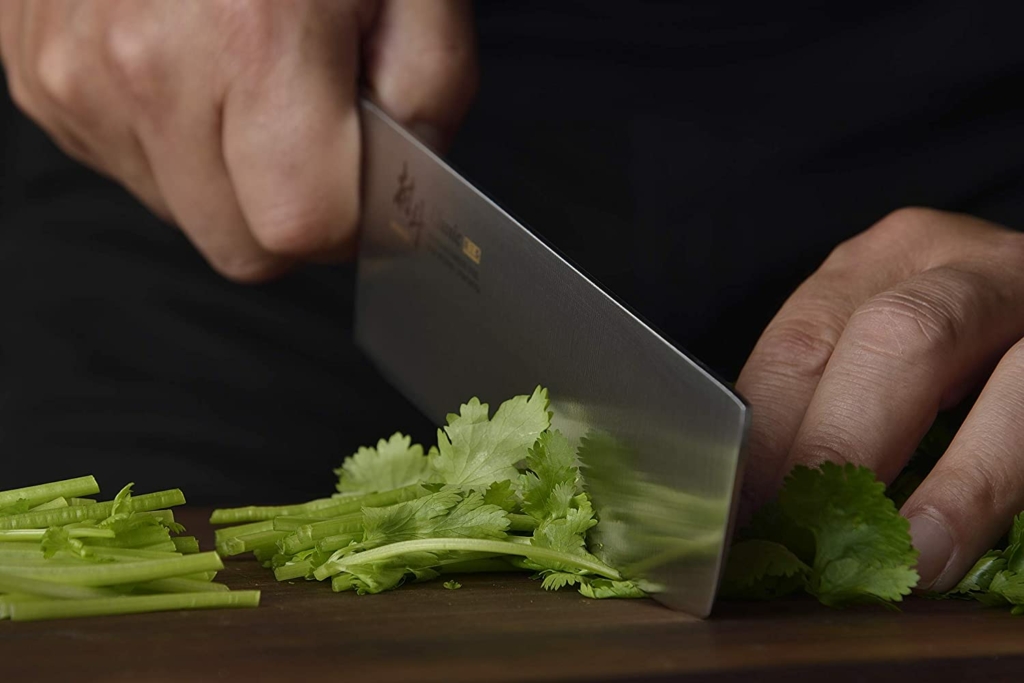
Both usuba and nakiri are only meant for cutting vegetables.
Despite resembling a typical meat cleaver, they are not meant for cutting meat or bone. The thinner, lighter blades of these vegetable knives are more likely to chip or be damaged if you attempt to cut tougher ingredients.
A nakiri — with its double bevel blade — is easier to use and better for more basic vegetable chopping and cutting tasks.
Single-bevel blades like the usuba are more difficult to use since the knife will move at an angle (instead of straight down) as you cut. The thinner, sharper edge is better for more delicate, precise cutting tasks.
For example, the katsura-muki (rotary peel cut) is better performed with an usuba.
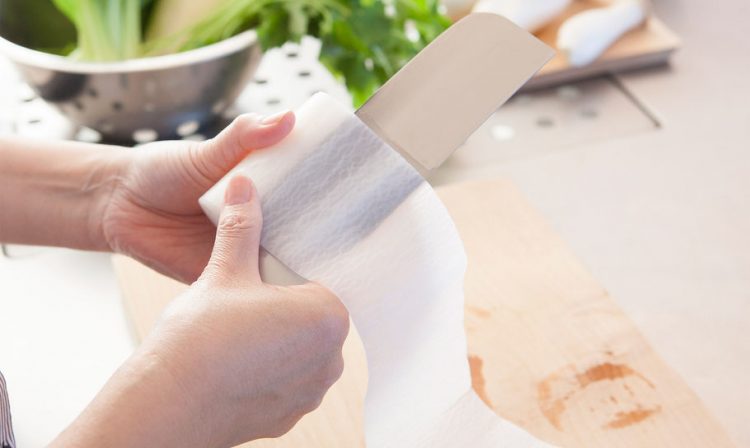
Thus, home users will typically use a nakiri, while the usuba is usually only found in professional kitchens.
One other important note is that an usuba (and any other single bevel knife) is only meant for right-handed users. You can also get left-handed versions, though they probably need to be custom ordered.
A typical nakiri can be used by either right or left handed users (if it has a 50/50 bevel).
Sharpening
A double bevel blade edge (i.e. nakiri) is much easier to sharpen. You can follow my step-by-step guide here.
A single bevel blade (i.e. usuba) requires more skill and experience to sharpen. It is recommended to get a professional to sharpen it.
Types
Both usuba and nakiri can be found in two main types: Kansai style (関西型) or Kanto style (関東型).
Kanto style
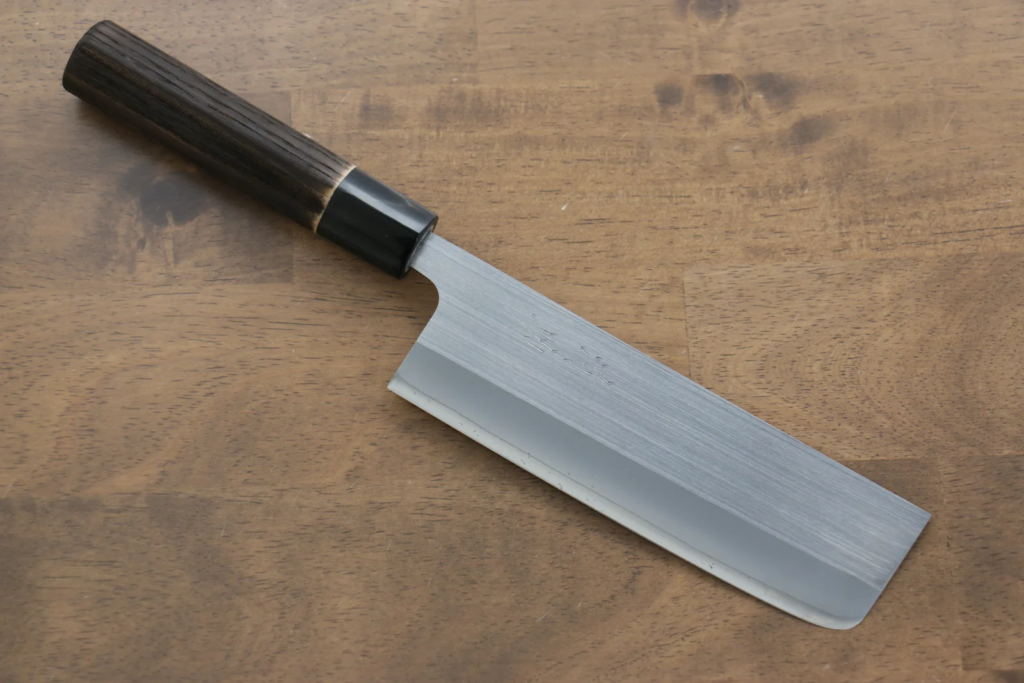
The Kanto-style blade has a square end, resembling a typical meat cleaver. It is the more common type, especially for nakiris.
Kansai style
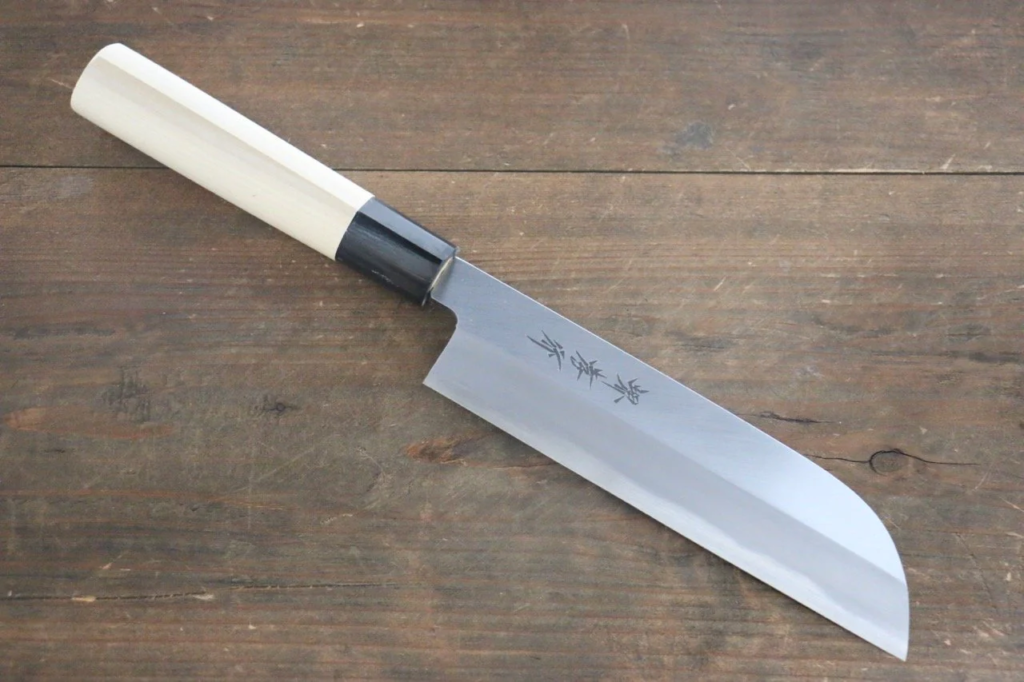
The Kansai-style blade has a rounded end and pointed tip, sort of resembling a santoku knife. The pointed tip is useful for making detailed and decorative cuts. You will more commonly find usuba in Kansai style, compared to nakiri.
Handle Types
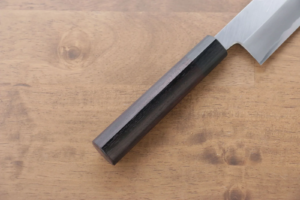
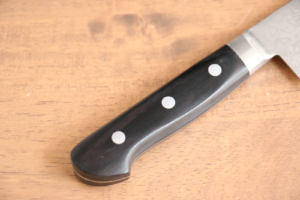
A nakiri can be commonly found with either Western style handle or traditional Japanese style handle.
Usuba is usually found with a traditional Japanese style handle. It is a bit rare (though not impossible) to find an usuba with a Western style handle.
Size
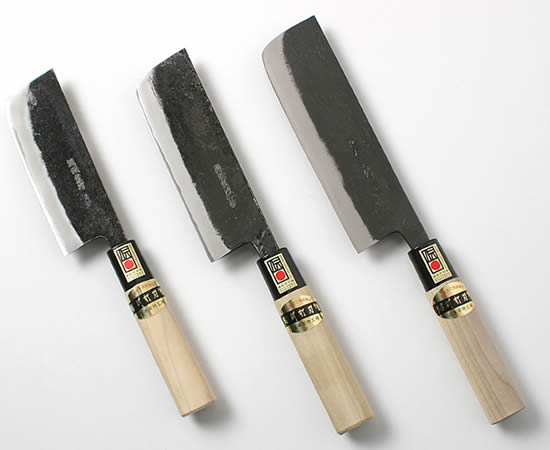
Usuba and nakiri come in similar sizes. The most common blade length for both is around 160mm to 180mm.
Price
Mid-level nakiri and usuba knives sell for around the same price. You can expect to pay around $100 and up for a decent mid-level nakiri or usuba.
On the top-end, you can probably find more premium, high priced usuba knives. This is because it is a more specialist knife that is used mainly by professionals.
On the other hand, you can find more lower priced nakiris (i.e. under $50), as they are meant for budget home usage.
For some Nakiri knife recommendations, click here
Comparison table
Here is a table to summarize the main differences and similarities between usuba and nakiri:
| Nakiri | Usuba | |
|---|---|---|
| Blade type | Double-bevel | Single-bevel |
| Usage | Home & Professional | Professional |
| Hand | Right or left-handed users | Right handed only, or left-handed only |
| Sharpening difficulty | Easy | Advanced |
| Regional styles | Kansai-style, Kanto-style (rare) | Kansai-style, Kanto-style |
| Handle style | Western or Japanese | Japanese is more common; Western handles are rare |
| Common blade length | 160mm to 180mm | 160mm to 180mm |
| Price | Mid-level: $100+; more cheap options | Mid-level: $100+; more premium options |
Which one should you buy?
So, which knife should you buy? Usuba or nakiri?
If you simply want a knife for cutting and chopping up vegetables, then you should get a nakiri.
If you’re interested in learning decorative cuts, or more intricate vegetable cutting techniques, then you should get an usuba.
Now it’s your turn:
Was this comparison helpful?
Did I miss anything important?
In any case, let me know in the comments below!
